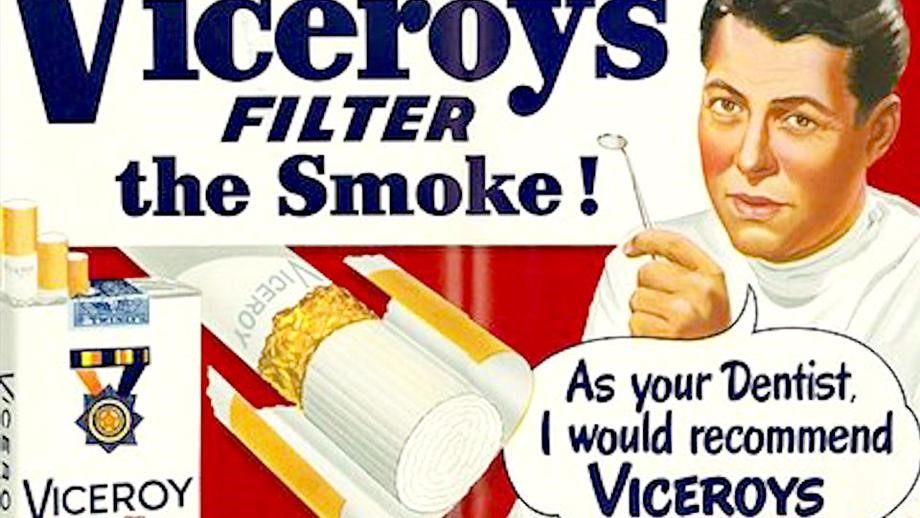The Psychology of Advertising
Every advertisement has a great deal of thought and strategy, comprising more planning than one may think. Every aspect of an advert is intended to appeal to the consumer in a unique way, from the colour scheme and visuals, to the actual words used. Every component is specifically conceptualised using basic principles of psychology to generate a desired response.
Advertising on many occasions plays to a consumer’s emotions. Strong drivers of consumer desires and response include fear, love, pleasure, vanity etc. Each of these emotions can be manipulated in a different ways to affect one’s behaviour. Many advertisements depict people having a good time and enjoying themselves, all made possible by a specific service or product. The consumer is led to believe that they too will get to have a good time on the condition that they purchase what is being advertised.
Another very powerful motivator is fear. It is a primal instinct, and nothing in comparison makes someone more uncomfortable than fear of something. Those who create adverts use fear tactics to generate such a situation, and then offer a solution manifested through a service or product. “The fear of missing out” is a commonly used tactic. This strategy can be recognized with phrases such as “Limited Time Only”, “Only a Few Units Left”, “Last Day Offer” and so on. Such ‘calls to action’ themes stress that time is critical, and people need to act fast or they will be missing out.
Like fear, love is a very strong and primal emotion that can drive a consumer’s behaviour. Ads that depict love, target people who want to take care of and provide for those they love. These ads make potential consumers believe that the products being advertised are necessary to meet that need, by tapping into a core desire to provide only the best for those in our lives we most care about. One of the best ways to persuade a potential customer to act is to gain their trust or provide undeniable logic. The most common strategy wherein advertisers use persuasion is through celebrity endorsement. People tend to have a strong (albeit irrational) affinity for celebrities and often give them implicit trust. Celebrities provide instant credibility for a product or service. People seeing the ad feel as though they know these famous personalities and believe if a product is good enough for the celebrity, then it is good enough for them too.
Showing irrefutable logic and power of authority are a few more tactics of persuasion used by advertisers. An “Expert” in any given field will be cited as a reason a consumer should trust or buy a product. These advertisements comprise phrases like “4 out of 5 mothers suggest”, “9-out-of-10 doctors recommend”, and such, to drive consumer purchase activity.
Colours used in the advert, also illicit powerful and sometimes conflicting emotions. Some may evoke passion, urgency, and excitement while others express happiness, trust or peace. Examples of how each color can change the mood of an ad – Green depicts growth, health, harmony, safety, nature, calm, refreshed; Red depicts passion, energy, strength, love, power, determination, intensity, anger, excitement; Yellow reflects energy, happy, warming, attention, aggravation, joy; White: purity, light, clean, sterile, innocent, spacious, cold, unfriendly. Each and every colour has a different purpose within any advert, to regulate the emotion and perception of it, and thus the effectiveness in creating a reaction within the consumer.
Psychology and its principles play a major role in the overall design and success of a marketing campaign. Advertisements are planned and executed so as to generate desired emotions and reactions by driving consumer behaviour using these principles. Understanding the human mind is key to fruitful advertising, marketing and branding.

